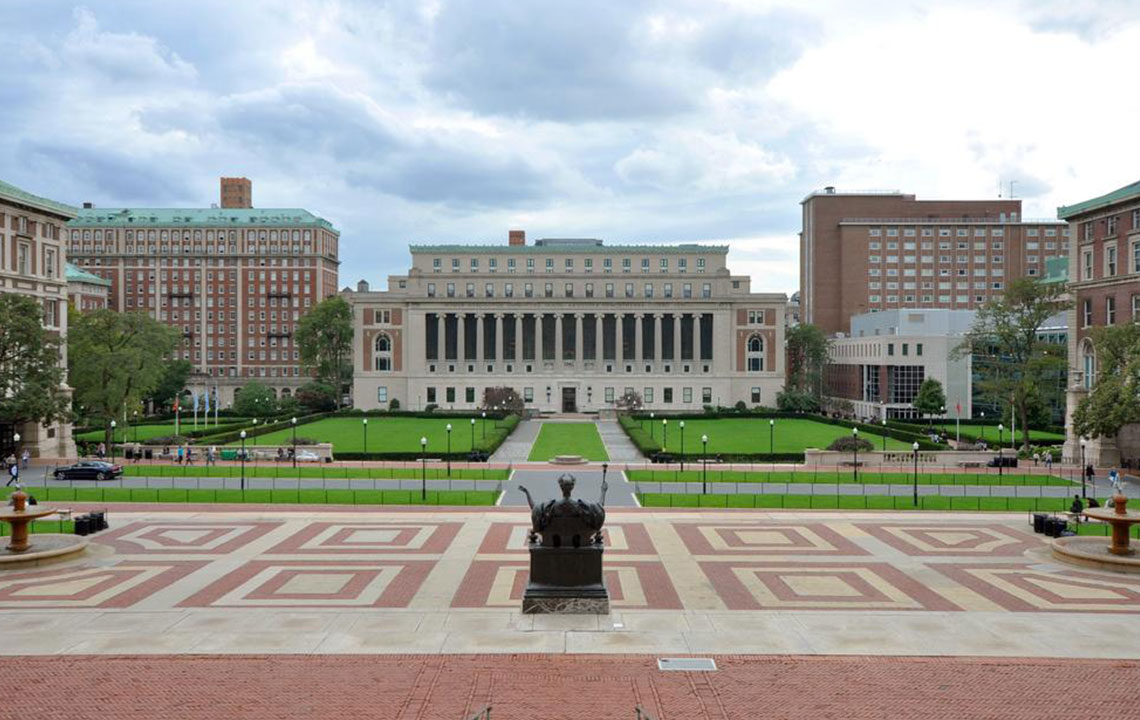Key Characteristics of Leading Universities in Higher Education
Explore the key qualities that distinguish top-tier universities globally, including infrastructure, faculty excellence, administrative support, and shared mission. Learn how these elements foster academic success and institutional reputation in higher education. Ideal for students, educators, and policymakers seeking insights into elite universities' core attributes.

What Sets Top-Tier Universities Apart
Exploring the Essential Attributes of Elite Higher Education Institutions
Globally, certain countries are renowned for their outstanding universities, including the United States, Canada, the United Kingdom, Germany, France, Switzerland, Australia, Japan, and Singapore. These nations' universities frequently earn recognition through their innovative educational models, extensive research programs, and emphasis on academic excellence. But what precisely differentiates these top-tier institutions from others? The answer often lies in their structured educational frameworks, quality of infrastructure, and comprehensive student support systems. These elements collectively contribute to their international reputation and attract students from around the world.
A cohesive national education policy typically results in unified and high-performing higher education systems. Let’s delve into the core qualities that define leading universities globally:
State-of-the-Art Infrastructure
High-quality campus facilities are fundamental to a thriving academic environment. This includes modern classrooms, advanced laboratories, a vast array of libraries with digital and print resources, and reliable technological infrastructure such as high-speed internet and electronic learning tools. Well-maintained physical infrastructure not only provides a conducive learning atmosphere but also attracts prospective students and faculty, reinforcing the institution's prestige.
Academic Prowess and Faculty Excellence
The competence and dedication of faculty members are central to an institution's reputation. Universities that prioritize hiring qualified, passionate teachers who engage in continuous professional development tend to produce more successful graduates. Such faculty members foster an inspiring environment of inquiry and innovation, driving academic excellence and encouraging student achievement.
Robust Administrative Support and Management
Efficient administrative systems form the backbone of leading universities. Well-organized management of resources, student services, and academic affairs ensures smooth day-to-day operations. Administrative excellence directly impacts the student experience, faculty productivity, and overall institutional effectiveness, contributing significantly to the university’s global standing.
Holistic Outlook on University Success
Achieving excellence in higher education requires the integration of physical infrastructure, academic rigor, and administrative efficiency. These components should work synergistically, aligned with the institution’s mission and vision, to foster a culture of continuous improvement and innovation. Often, a shared sense of purpose and moral commitment among staff and students can transcend physical amenities, emphasizing that collective dedication is vital to sustaining top-tier standards.
In summary, the most distinguished universities worldwide combine outstanding physical facilities, academic superiority, and efficient management, creating an environment where students, faculty, and staff can thrive. These educational powerhouses set the standard for quality, innovation, and societal impact, shaping the future of higher education.





